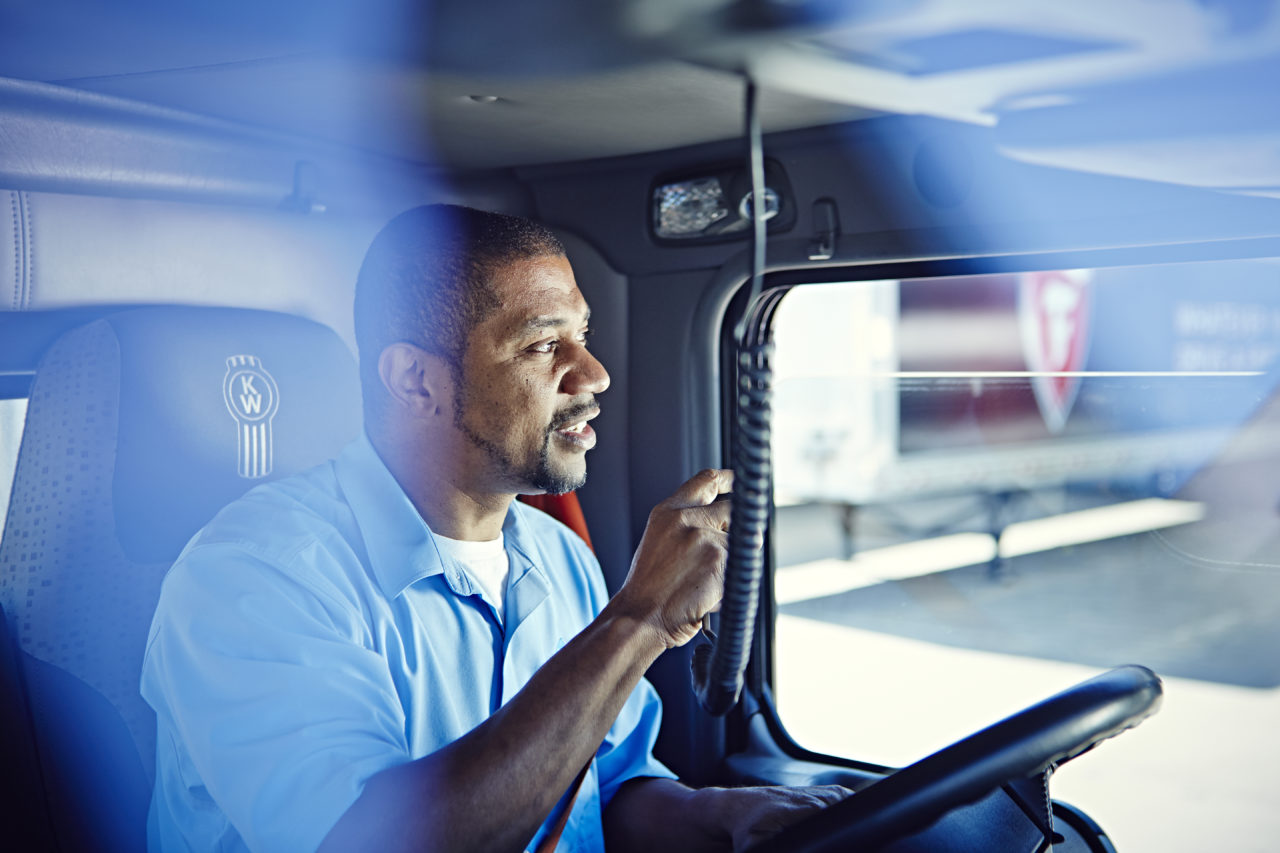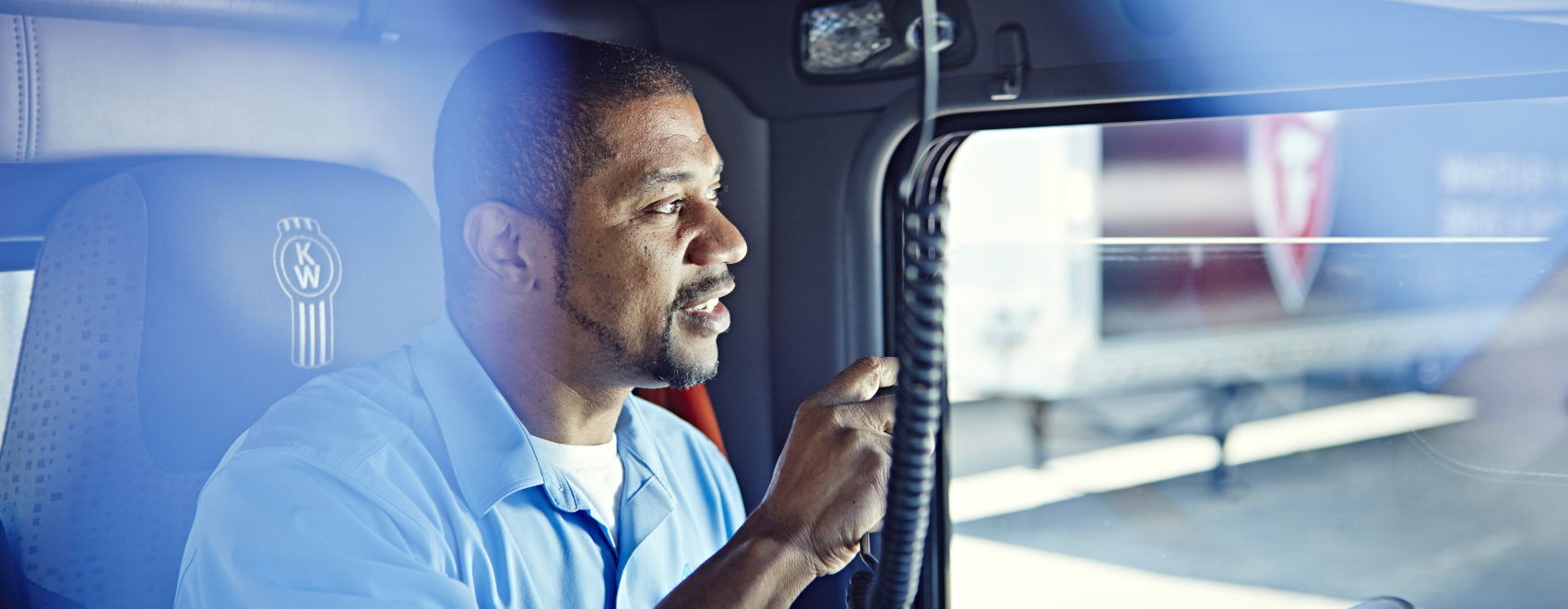Human trafficking is an international issue the United States Department of Justice defines as “a crime that involves compelling or coercing a person to provide labor or services, or to engage in commercial sex acts.” It is perpetrated by networks of people using transportation hubs and routes to quickly acquire, move and exploit their victims. As one of the largest professions in the U.S. with over 1.3 million licensed professionals on the road, truck drivers have the greatest chance of witnessing and helping prevent human trafficking.

To help raise awareness and provide insights on how truck drivers can help, CPC Logistics Senior Operations and Safety Manager Isaac Harmon answers several important questions.
Q: How common is human trafficking?
A: Human trafficking is a growing threat. According to the Bureau of Justice Statistics, 2,198 individuals were referred to U.S. attorneys for human trafficking offenses in fiscal year 2020, a 62 percent increase from the 1,360 persons referred in 2011.
Q: What is the difference between labor trafficking and sex trafficking?
A: Labor trafficking takes away a person’s ability to work for themselves and instead forces them to work for the gain of another person or group. In some cases, people enter a bonded labor agreement in which they offer their labor as a form of payment. The other form of labor trafficking is forced labor in which a person is forced through the threat of violence to work against their will. Generally, men and boys are involved in this type of trafficking.
Sex trafficking, however, is theft of a person–typically young girls and women—and forcing them to perform sex acts against their will. While it is possible that some women voluntarily enter a bonded agreement, most sex trafficking victims are taken and forced via threat of imminent death or drugs.
Q: How can truck drivers identify a victim of human trafficking?
A: Truck drivers can be on alert for unusual behavior, typically from young boys and girls or groups, in commercial or populated parking lots as well as truck stops. Unusual behavior can include:
- Going from vehicle to vehicle offering companionship
- Hanging out around the shower station alone or entering the shower with someone
- Being dressed provocatively but acting nervous, shy or paranoid
- Showing visible signs of abuse such as bruises or cuts on the arms, wrists, legs or ankles from restraints or tight grips
There are good resources available through Truckers Against Trafficking and government agencies like the Department of Homeland Security that provide lists of red flags truck drivers can watch for.
Q: Where are common places trafficking can occur?
A: Some of the most common places trafficking abductions can occur are in fast-moving, populated areas. Parents can let their guard down thinking they are in a safe place with many people around in malls, large retail stores or truck stops. Unfortunately, traffickers look for places where they can quickly blend in and get out with the victim.
Truck drivers can help by being alert in these types of places, especially drivers who deliver last-mile freight to stores. Watch for suspicious vehicles parking in commercial loading and unloading areas or people wandering around through rows of vehicles. When stopping at large commercial truck stops, be on the lookout for suspicious people hanging out around bathroom areas, especially bathrooms that are detached and outside of the main checkout area of a truck stop.
Q: What can drivers do when they have suspicions about a situation?
A: Drivers can report suspicious activity through the National Human Trafficking Hotline: 1-888-373-7888 or text 233733. They can anonymously provide as much detail as possible to agents who are on duty 24/7. The best details to include are:
- Date and time
- Location
- Vehicle make and model
- License plate number (even a partial plate number) and license state
- Physical characteristics of the people involved

Q: What are the dos and don’ts of handling human trafficking situations?
A: Do:
- Be observant and detail as much information as possible
- Know the signs and what to watch for
- Report any suspicious activity to the national hotline or local law enforcement
Don’t:
- Engage with a threatening individual who could be carrying a weapon
- Try to handle the situation yourself
Q: If a driver interacts with a potential victim, what should the driver say or do in that situation?
A: If a victim interacts with a driver offering clues they are in danger, the driver should not leave the victim alone – especially children. Drivers should seek help from another individual to approach or talk with a potential victim, remembering to remain in an open area. Ask questions such as:
- Where are your parents?
- Who are you here with?
- Do you know your parents’ phone number?
The driver should contact law enforcement immediately and remain with the potential victim until they arrive.
Q: Why is safety training surrounding human trafficking important?
A: Our learning management system (LMS) is used to provide general knowledge training to our drivers, including human trafficking awareness. Knowing the signs and what to watch for can help a driver save a someone’s life. Sadly, many drivers can recall instances where they feel they could have spoken up or acted on behalf of someone in trouble before they had the knowledge and resources received in training. Building awareness is how we can help our drivers feel prepared in difficult situations.

